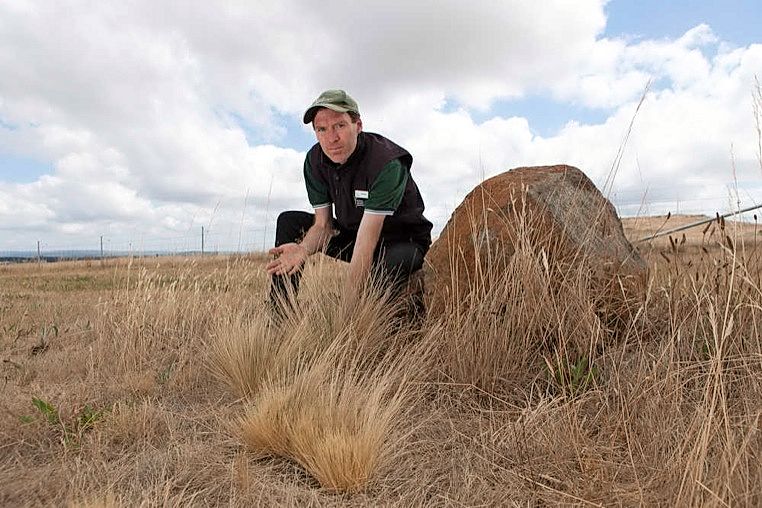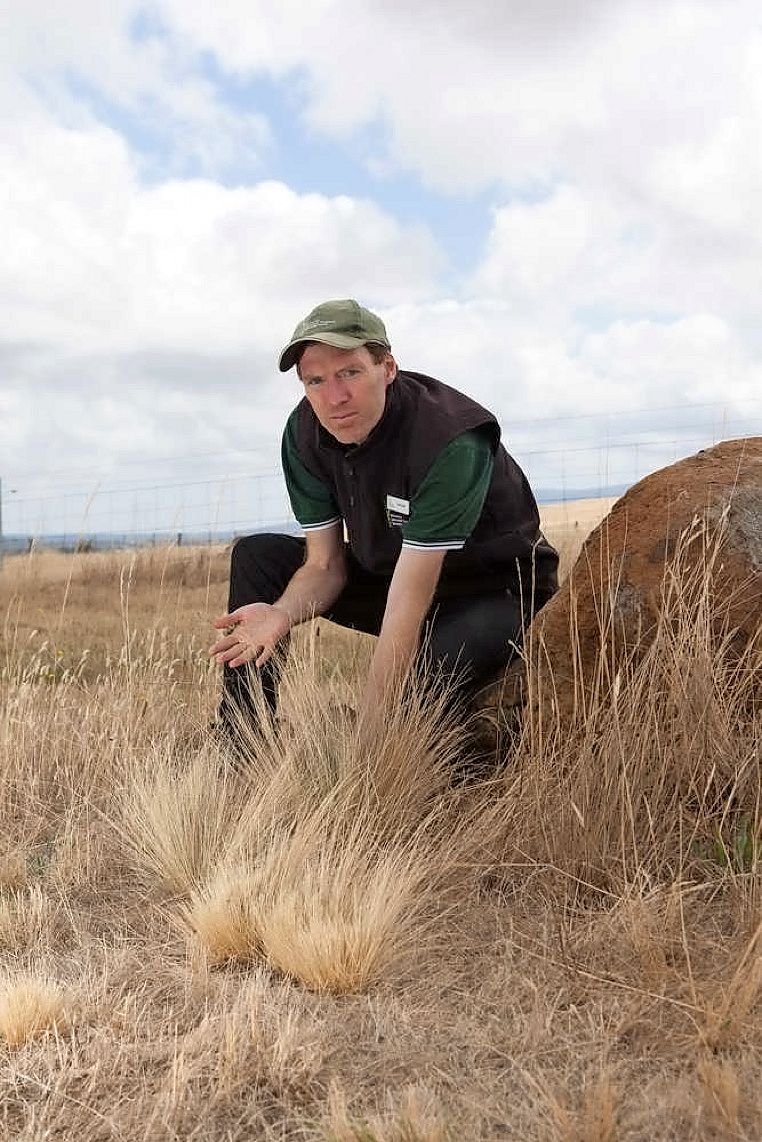A project aimed at wiping out a fast-spreading weed, which is inedible for livestock and dramatically increases fire risk, is making progress near Gisborne.
But landholders in areas affected by serrated tussock are being reminded there is no room for complacency, with early detection and treatment vital to the protection of native grasses and agricultural returns.
A Victorian Serrated Tussock Working Party (VSTWP) is halfway through the first stage of its work in an area south-east of the town.
More than 130 landowners have sought expert advice since the project began in June last year, about 30 hectares of land has also been treated in that time.
The project follows recent efforts near Riddells Creek.
VSTWP extension officer Ivan Carter said most infestations had been found near Gisborne and north of Sunbury.
‘‘If left untreated, these infestations have the potential to spread, and will rapidly decrease biodiversity in native grasslands and seriously reduce the agricultural capacity of properties,’’ he said.
Serrated tussock is an introduced, self-pollinating plant, the seeds of which can be blown up to several kilometres. They can also be spread by water, mud, in hay and fodder.
The Agriculture Department says dense infestations pose a serious fire hazard, with a burn intensity up to seven times higher than native grasses.








